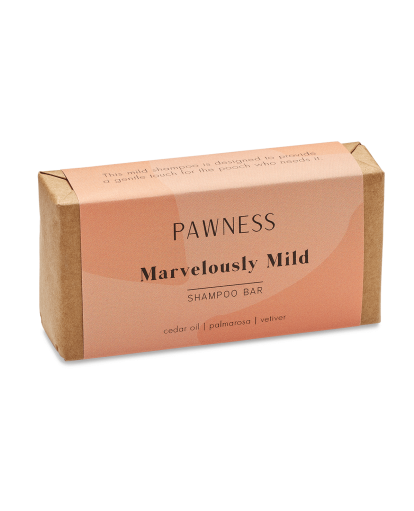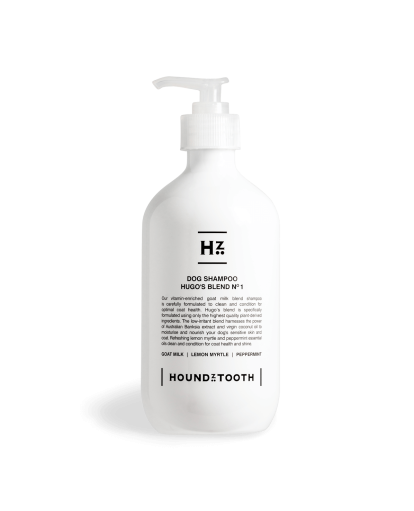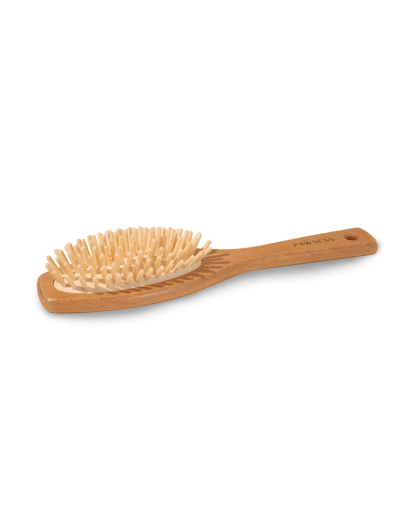DOG COAT CARE: 8 TIPS FOR THE PERFECT FUR
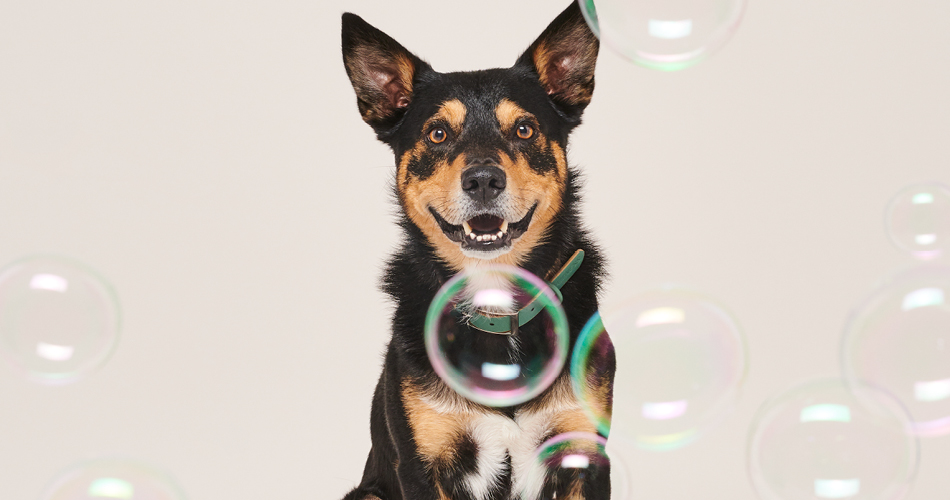
Dog coat care is part of the primary care of your dog. Your pup will look flawless and stay healthy if you do this regularly. Regular grooming ensures that you become familiar with your dog’s body and that you immediately notice if there are any changes or abnormalities. It also strengthens your bond for life.
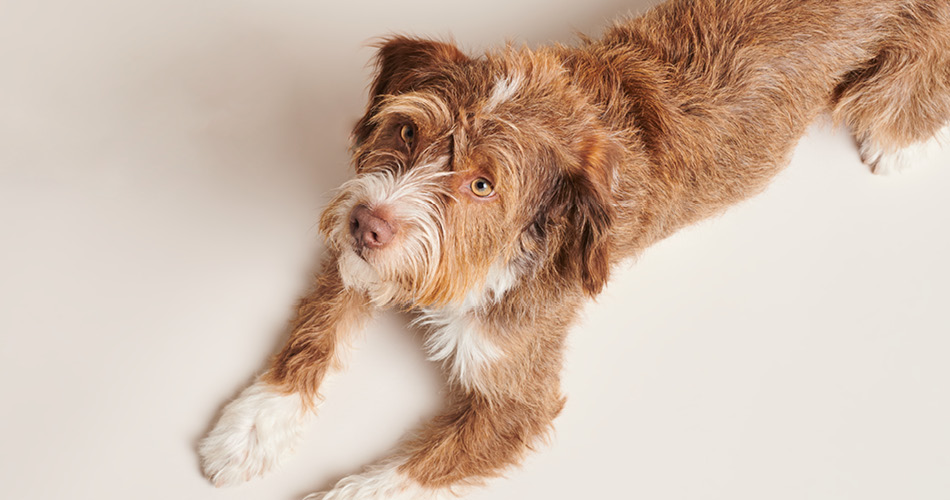
Getting your dog groomed by a professional groomer is the easiest way to keep your friend’s coat and skin in top condition. But it is expensive to visit a professional groomer regularly, especially when it comes to essential grooming. It is advisable to go to a groomer for trimming the coat. The frequency of this depends on the coat type of your pup. Fortunately, you can take regular care of the dog’s fur yourself. That is why we have written down all the tips and tricks you need to know to care for the coat of your dog.
Content
The importance of a healthy coat
- Socialize
- Check
- A cleaner house
- Friends for life
What is a healthy
- The texture of the coat
- Moulting
- Strong and healthy dog coat
- The smell of the fur
Dog coat care: 8 tips for the perfect coat
- Tip 1: Brush the coat
- Tip 2: Bathe
- Tip 3: Nutrition
- Tip 4: Use hemp seed oil
- Tip 5: Healthy snacks
- Tip 6: Protect your dog against parasites
- Tip 7: Use coconut oil
- Tip 8: Consult your vet
You want nothing more than for your little pooch to go through life with a soft, shiny and healthy coat. Proper dog coat care reflects your dog’s overall health, which is why it’s essential to take good care of it. But in addition to taking care of the coat, it is also vital to take care of the skin, eyes, ears and nails.
Socialize
A good looking dog is one of the main reasons for grooming for most puppy parents. At first glance, this may seem like a superficial reason, but it can have a psychological effect in reality. People and children can react suspiciously when they see an unkempt dog (hello prejudice). But a well-groomed dog is more likely to invite people to pet it or let it play with their dog. In terms of socialization, a well-maintained dog’s coat is essential.
Check
Grooming your dog’s coat is also an opportunity to inspect your dog’s body. Brushing him will help you spot suspicious irregularities or lumps usually covered by his fur. You will also come across tangles in his hair that might hurt him. In addition to taking care of the coat, it is also essential to check his teeth and brush them if necessary. This also applies to the paws and nails. If you consistently take care of your pup, potential problems will come to light sooner. And as with humans, the sooner you spot a problem, the more likely it can be fixed.
A cleaner house
Your dog loses hair (at least most of it). By brushing or combing your dog regularly, he loses less hair and dander—these hairs and dander fall on your floor and your couch, rug, etc. In addition, if someone in your family is prone to allergies, regular brushing and bathing of your dog can help to tame some of the dander.
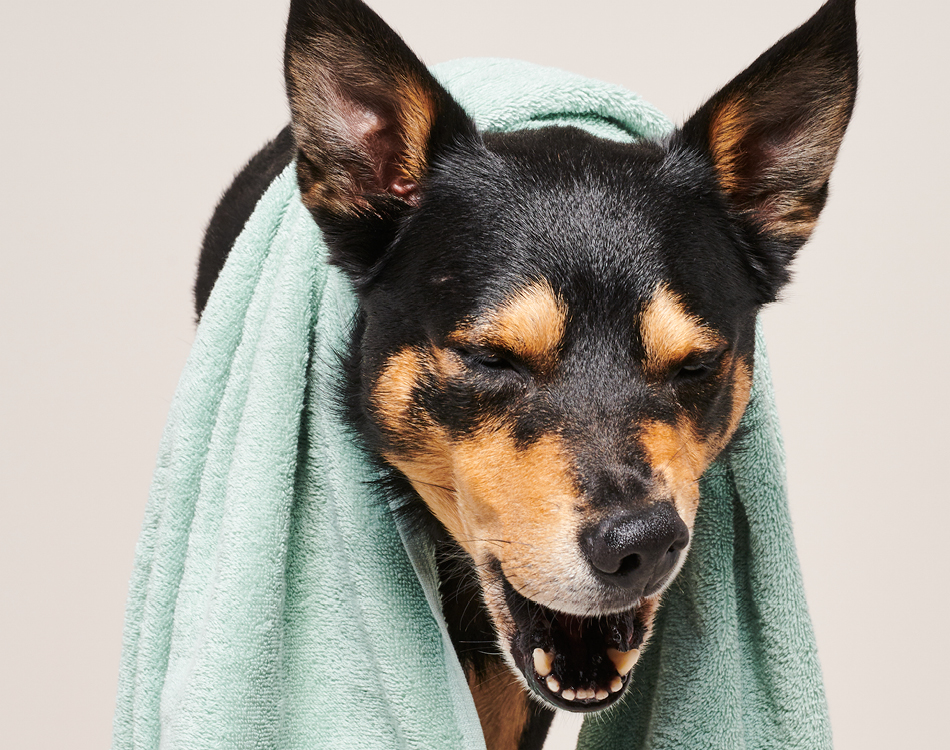
Friends for life
The last and probably the most admirable reason to regularly groom your dog’s coat is the bond you build. Unfortunately, we too often take the company of our four-legged friend for granted. And it is precisely taking care of the coat that gives you the chance to slow down for a while and give attention and love to your rascal. When you start to see the overall care of your pup as a token of love, you suddenly look at it very differently.
What is a healthy coat?
When we think of a good coat, we often think of the long shiny locks of, for example, an Irish Setter or Afghan Hound. These breeds are distinctive and attract attention with their beautiful, flowing locks. Of course, not all breeds have a naturally smooth and shiny coat. Dogs with short-haired, wire-haired and curly coats can also have a very healthy coat – only it is less noticeable due to the sheen.
What type of coat your dog has in length, texture, curl and thickness – it’s essential to see if your dog’s fur is healthy. This goes beyond just how the coat looks. The condition of your dog’s coat and how healthy (or different it is) can tell you a lot about his health in general.
The texture of the coat
Does your dog have a long, straight coat? Then it will typically have a slight sheen if its coat is healthy and clean. Coats with this texture require more grooming to keep the fur in good condition. A long, straight coat needs daily brushing and grooming and is more likely to require a bath.
Use a suitable brush to comb your pup’s fur. Use the Pawness wooden brush for a long or fine coat. The wooden/nylon brush is ideal for dogs with a short coat.
If your pooch has a short, single-layer coat, it will generally also look shiny if the coat is healthy. This type of coat requires less grooming. But that’s not to say that all coats benefit from regular brushing. The short-haired coat also stays healthy by brushing it regularly – in addition; you also remove the loose hairs. By brushing, you massage the skin, and it stimulates hair growth.
If your puppy has a rough or broken coat, it will have no visible shine. But even without shine, this coat requires the proper care to be strong and in good condition.
Finally, your dog can also have an undercoat or a mixed coat. This is usually shown by a dense, fluffy undercoat and a more bouncy, hard coat on top. This type of coat can be more challenging. Grooming this type of coat can take more time. But also, with this coat, the fur must look and feels clean – not greasy or sticky and without tangles.
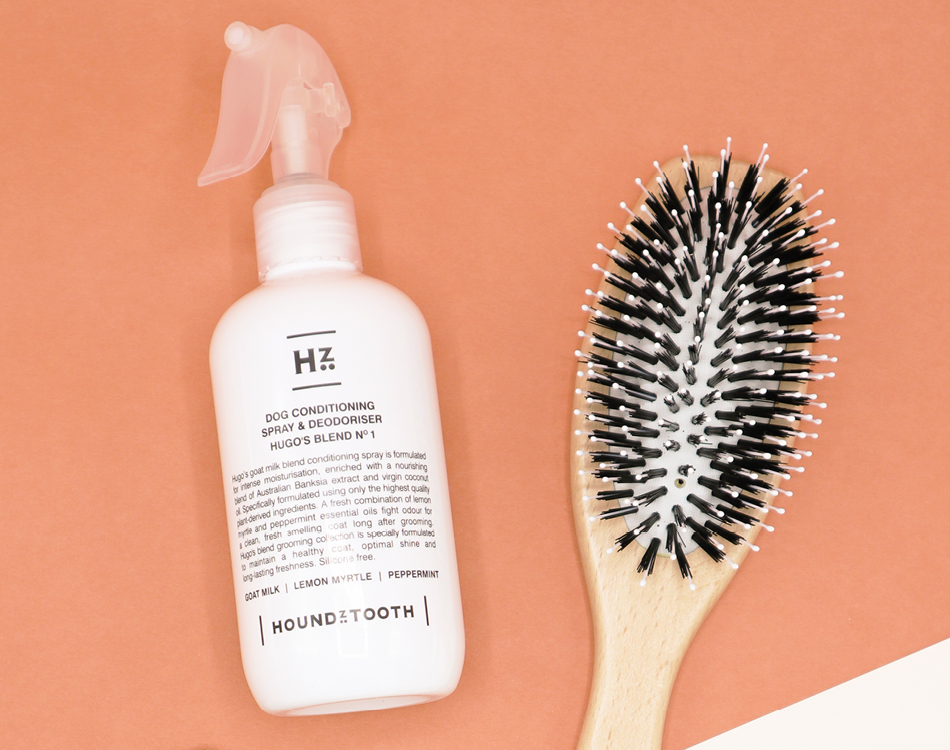
Moulting
Some dogs lose more hair than others. Therefore, it isn’t easy to give an unequivocal answer to the moulting standard. Some breeds lose hair all year round, and other breeds peak in spring and fall – when the seasons change.
By learning when your dog is losing hair, you can also determine when it is more than usual and indicate any problems. If your dog loses excessive hair and develops spots in its coat, this is a sign that something is wrong. In such a case, it is advisable to consult your vet.
There are certain breeds of dogs that hardly lose any hair. These are usually dogs with a closely curled coat, such as a labradoodle. The loose hairs with this type of coat stay between the curls and do not fall out. Therefore, it is crucial to remove these loose hairs by brushing, bathing, or shaving to keep the coat healthy.
Strong and healthy dog coat
Whatever coat your pup has, it should be strong and healthy. The dog’s fur should not be prone to breaking, splitting or thinning at the ends. Split ends can be in your four-legged friend’s coat just as much as a human hair that is too long or in poor condition. So you have to pay attention to this too.
If your dog’s coat breaks easily or is brittle when rubbed, it may be necessary to change the diet. It is good to discuss this with your vet to choose foods that support healthy hair growth.
The smell of the fur
Your dog’s coat should not have an unpleasant odour. If so, it’s probably time for a bath! Dirt, skin cells and mud can clog your rascal’s skin. Not only does this make the coat dirty, but it can also lead to sore spots and poor condition in general.
Even if your dog is clean, he can smell bad if he has a skin problem. For example, this could be a fungal infection or wounds on the skin. So if your dog hasn’t just rolled in the mud and is clean, he shouldn’t smell.
Dog coat care: 8 tips for the perfect coat
Tip 1: Brush the coat
Brushing your pup’s coat is something you should do regularly. This should be done every day or every few days, depending on the coat type. Brushing is an essential step in grooming your dog. Brushing the dog’s coat removes excess hair and detangles and removes the felted coat. In addition, brushing distributes the natural oils in your dog’s skin and coat. This will keep the coat looking shiny and healthy. Furthermore, brushing can also help increase blood flow to the skin’s surface, which in turn helps reduce hair loss.
Always choose a brush that is suitable for your dog’s coat type. This way, you can ensure that you take optimal care of the coat while combing. Pawness brushes are 100% vegan and contain no glue, varnish or other products of animal origin. The brushes are available for a long and fine coat and a short coat, in two different sizes.
Do you want to refresh and care for the coat and skin while brushing without bathing? Then use a conditioning spray & deodorizer or waterless shampoo. Houndztooth’s natural sprays are very suitable for this. The sprays are available in 3 different blends – each blend is tailored to the specific needs of the various coats. Furthermore, this spray moisturizes the skin and gives the coat a fresh scent and a beautiful shine. All Houndztooth sprays contain no artificial colours, harsh ingredients or synthetic fragrances. The Hugo’s blend NO.1 is even suitable for your puppy’s sensitive skin.
Want to take the cleansing one step further? Use the Houndztooth Waterless shampoo. Massage the foam gently in the fur and skin of your dog—Towel-dry the fur to remove dirt from the coat. Brush the hair through, and et voila, your pooch is good to go!
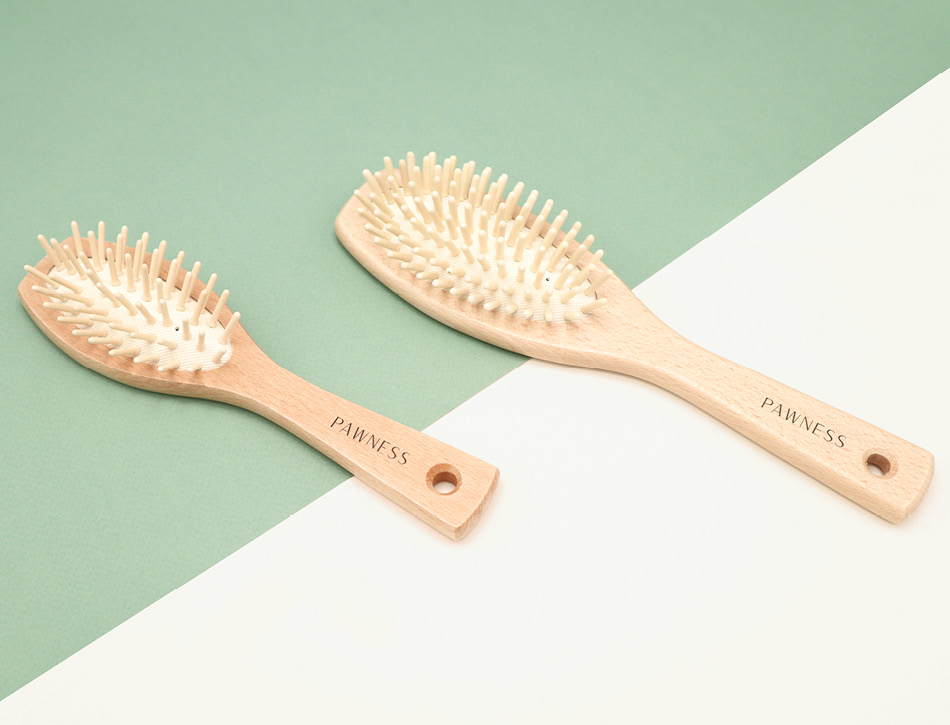
Tip 2: Bathe
It is recommended to wash your pup about every 2-4 months. This does not include getting dirty while romping. If your puppy gets unexpectedly dirty, you can bathe him more often. However, it is recommended to keep this to a minimum. Bathing your dog too often can harm the skin and coat. It contains natural oils that protect, soften and prevent the skin from drying out.
Use a natural dog shampoo.
It is good to use a special PH-neutral and irritation-free dog shampoo to prevent your dog from getting dry or irritated skin – even better, an all-natural dog shampoo. By choosing a natural dog shampoo, you are assured that it does not contain artificial colours, aggressive ingredients and synthetic fragrances. Furthermore, when purchasing shampoo, it is good to pay attention to whether it is suitable for the type of coat of your rascal.
The Luxury, natural dog shampoo’s from Houndztooth are incredibly suitable for this. The Houndztooth grooming line contains three different types of blends – a specific blend has been developed for each type of coat. Furthermore, the shampoo contains only natural ingredients. And they each have a fantastic scent due to the use of Australian essential oils.
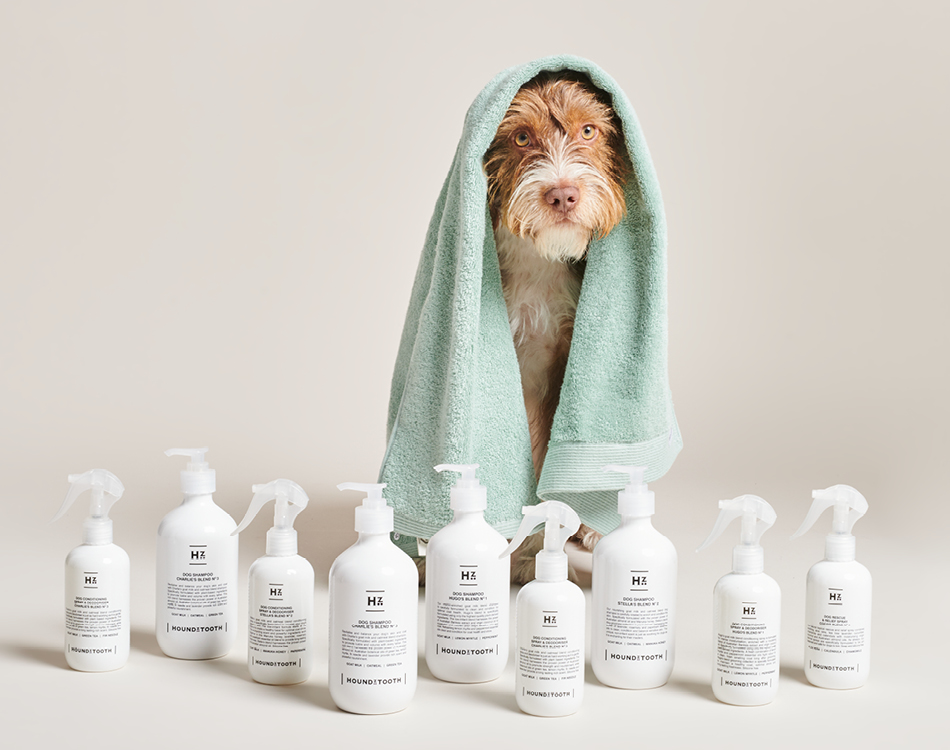
Tip 3: Nutrition
Your puppy’s diet is a super important aspect of maintaining a healthy coat. The fur of your dog consists mainly of proteins. The better and richer your puppy’s food is, the better the condition of the coat is. For example, foods rich in essential fatty acids are suitable for your dog’s coat. If your pup has problems with his skin or fur, this usually indicates a bad diet. Always consult with your vet about how you can improve your dog’s diet.
Tip 4: Use hemp seed oil; the superfood for your rascal
To improve your rascal’s skin and coat, you can also add hemp seed oil to his food daily. Adding this superfood daily to your dog’s diet will help prevent uncomfortable skin conditions such as eczema, dandruff, dry nose, skin rashes and atopic dermatitis. In addition, it moisturizes the skin and reduces moulting.
Tip 5: Healthy snacks
Of course, you want to spoil your dog with tasty snacks and cookies. But also make sure that they are nutritious. There are many different types of snacks available, and unfortunately, they are not all equally nutritious. Therefore, it is important to look at the nutritional value of the snacks. In that way, they can contribute to your pup’s overall health, skin and coat. The snacks from Aston’s Cookies are very suitable, and the German Nacani has high-quality snacks with CBD that contribute to your dog’s health.
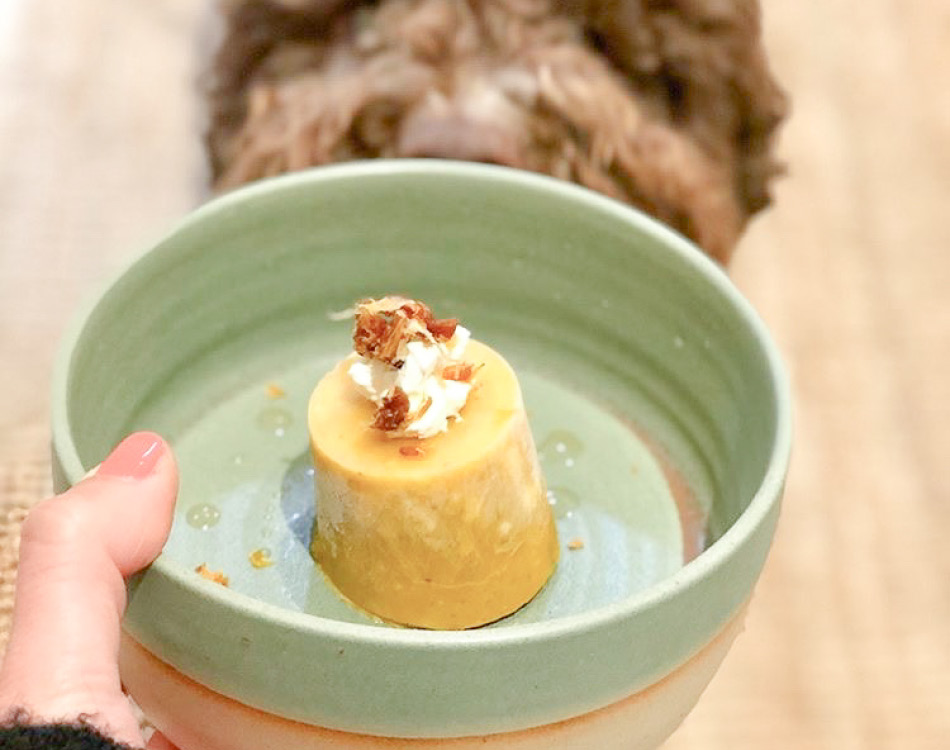
Tip 6: Protect your dog against parasites
Fleas and ticks irritate your dog’s skin. The result is that your rascal constantly scratches and bites. This can both damage your dog’s coat and cause problems for your dog’s health. Therefore, protect your dog well against these parasites. Talk to your vet about which product is best for your pup. In this way, you can be sure that he will live flea and tick free.
Tip 7: Use coconut oil
You can give your four-legged friend coconut as a treat. But you can also add a teaspoon of coconut oil to his food daily. However, you can also use coconut oil for the care of your dog. It moisturizes your dog’s skin and makes your dog’s coat shinier. Add a few drops of coconut oil to the shampoo while bathing.
Tip 8: Consult your vet
Finally, if you notice that your pooch is scratching a lot, this may indicate an allergy. In that case, it is wise to consult your vet. The vet can investigate the best treatment for your dog. Because every dog is different, you want to ensure you are doing the right thing.
As a puppy parent, you love your dog, and that’s why you do everything you can to keep him healthy and happy. Therefore, make sure that his food is top quality, including the snacks. Consider supplementing his diet with supplements such as hemp seed oil or coconut oil. The coat care of your dog should certainly not be missed here. Brush your dog regularly and use a nourishing and refreshing spray if desired. In addition, bathe him regularly. Finally, it is essential for your pup’s health that you protect him against parasites. If you have any questions about dog coat care, please consult your veterinarian. Together you can create a plan for the best care for your dog.
SHOP OUR FAVOURITE CARE PRODUCTS
-
Marvelously Mild Shampoo Bar€10,00
-
Product on saleHugo’s blend NO. 1 shampooOriginal price was: €29,00.€7,50Current price is: €7,50.
-
Wooden Dog brushPrice range: €12,50 through €15,00
Sources:
– Chewy Editorial
– Pets4home
– CPC Cares
